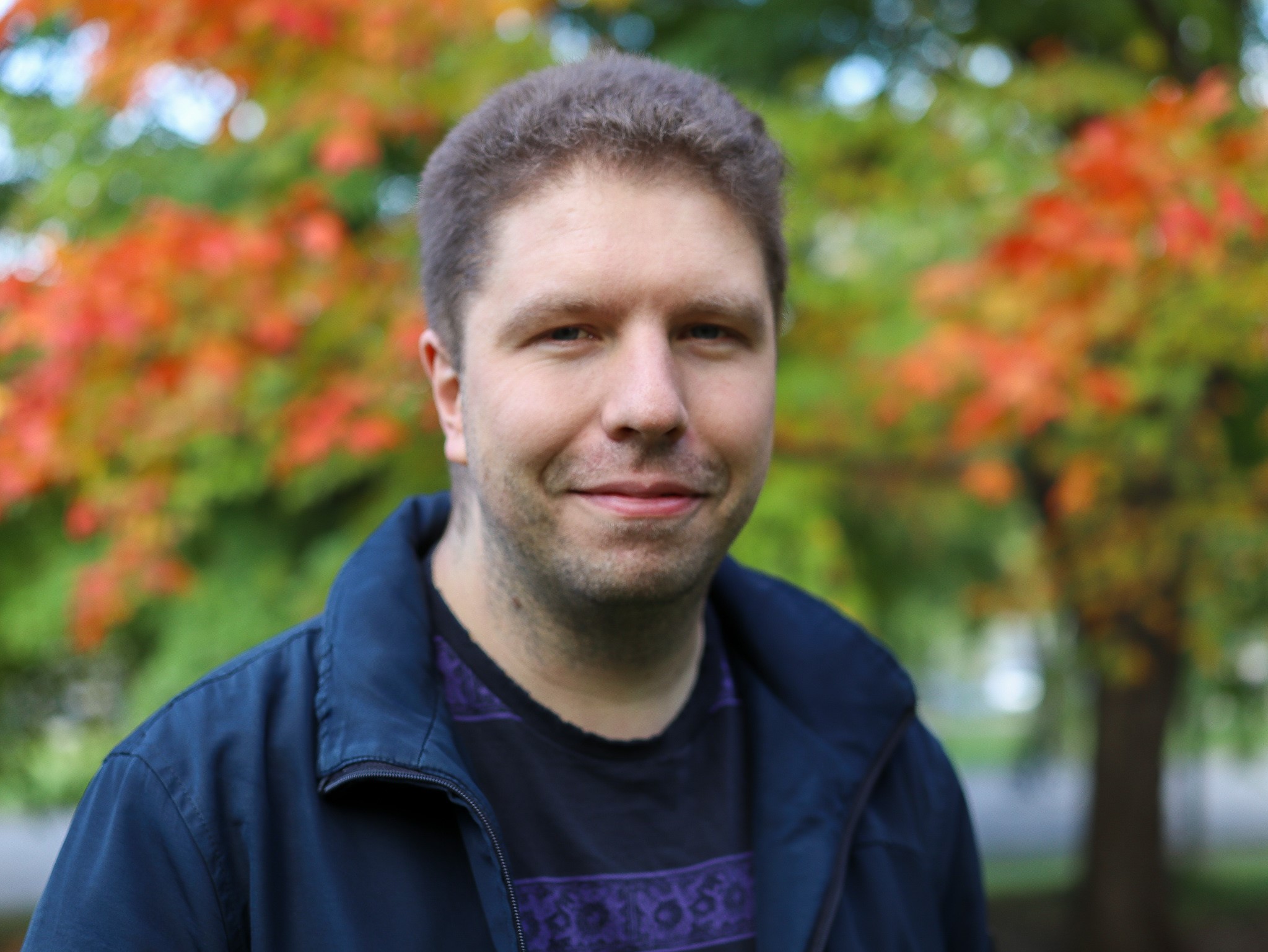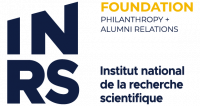Patrick Kilcullen

“This award signifies that success does not correlate with the size of an academic institution. What actually matters is the people you surround yourself with. I have been incredibly fortunate to have had not only the supervisory guidance of two excellent scientists, but also the support and friendship of a whole array of excellent budding scientists. Personally, this award also signifies a very happy end to my academic journey that took me to a place very far from home.”
Patrick Kilcullen
PhD in energy and materials sciences, 2023
Centre Énergie Matériaux Télécommunications
Supervisor : Jinyang Liang
Patrick Kilcullen's thesis defense: "Development and applications of a single-pixel imaging platform for three-dimensional, real-time, ultra-high-speed terahertz imaging".
Since joining the INRS EMT Centre in 2018, Patrick has been committed to bringing innovation to the field of single-pixel imaging. In December 2022, the main results of his PhD research were published in Nature Communications, highlighting a cost-effective single-pixel imaging method for very high-speed, real-time imaging: capabilities previously unknown. As a result of this breakthrough, Patrick is now committed to applying his technique in a wide variety of new fields, most notably in the three-dimensional and terahertz imaging that forms the basis of his thesis.
What brought you to INRS? What do you take away from your experience?
What brought me to the INRS was a personal connection with a supervisor I had at my former university where I obtained my MSc (UNBC, Prince George, BC). That connection led me in 2017 to be introduced to one of my co-supervisors, Dr. Tsuneyuki Ozaki, who early in the application process brought my other co-supervisor, Dr. Jinyang Liang, into the picture. I was immediately impressed with the ideas that Tsuneyuki and Jinyang proposed to me as they fit well with the research topic I had begun during my MSc. However, I was then faced with a major decision as by that time I had also received an offer to study within a prominent research group at McGill University.
Despite the on-the-surface gulf between the stature of the two institutions, two factors ultimately guided my choice. The first was the alignment of my supervisors’ combined expertise with the research directions I had only begun to explore as a Master’s student. The second was my impression that the nature of the institutional culture within my supervisors’ groups, their smaller-scale and focus on collaborative and interdisciplinary research, would result in a far superior opportunity for direct training and mentorship. I would later discover this was reflective of the culture of the INRS at large.
To many people, the prestige and reputation of a large institution serve as the primary indicators of future success. However, I am pleased to say that my first impressions proved exactly correct. In January 2018 I began my PhD at the INRS. I am extremely grateful I made that choice.
Can you describe the challenge and impact of the research presented in your doctoral thesis?
My thesis contributes to a field called 'computational imaging' that covers a very broad range of experimental techniques that combine computational algorithms with optical elements that can impart deterministic codes and transformations onto light. These ingredients working together allow imaging technology to have capabilities that far exceed those of conventional cameras and microscopes. In my own case, I studied a special technique called 'single-pixel imaging' that is important because it eliminates the need for a 2D sensor to take 2D images. This is significant for many areas of science that aim to study phenomena, typically outside the visible spectrum, that lack 2D sensors of the appropriate type for observation. Generalizing a 0D (i.e. single point) sensor to create and manufacture a 2D version can often be prohibitively difficult or expensive. Single-pixel imaging removes this barrier because it is specifically designed to work with 0D sensors, hence it's (admittedly quite oxymoronic!) name.
The specific contribution of my own thesis was the construction of what is currently the world's fastest general-purpose single-pixel imaging system. It's very flexible, hence I tend to think of it more like a 'platform' design that could be varied to suit many needs. I think it's exciting because for the first time it makes single-pixel video output possible in true real-time, reaching 100 frames-per-second. It can also take high-speed single-pixel movies at up to 12,000 frames-per-second, so far. I think this technique has a bright future because it is compatible with many applications like terahertz science and infrared imaging, it can be built from only off-the-shelf parts, and with custom components its performance could easily be further enhanced by more than an order of magnitude.
What does winning this award mean to you?
This award signifies that success does not correlate with the size of an academic institution. What actually matters is the people you surround yourself with. I have been incredibly fortunate to have had not only the supervisory guidance of two excellent scientists, but also the support and friendship of a whole array of excellent budding scientists. Personally, this award also signifies a very happy end to my academic journey that took me to a place very far from home.
What's next for you, now that you're graduating?
I'm currently a postdoc at the INRS-EMT, still working closely with the groups of Dr. Ozaki and Dr. Liang. My work these days mainly centres around furthering the main result of my PhD work, seeking applications for high-speed and real-time single-pixel imaging, as well as other topics in computational imaging.
